Sublimation printing is an amazing way to create full-color, photorealistic designs on fabrics, ceramics, metals, and more. But to get the best results, you need to use the right time and temperature when pressing your sublimation transfers.
Pressing is a crucial step that sets the dye into the product so your designs will be vibrant and permanent.
Press too little and the ink won’t properly bond, leading to fading or washing out. Press too long and you risk scorching or burning the fabric or blank.
In this comprehensive guide, we’ll cover everything you need to know about how long to press sublimation blanks for success.
You May Also Like:
- What Printers Can Be Used For Sublimation? (8 Picks!)
- Sublimation vs Vinyl: Choosing the Right Printing Method
- What Is Sublimation Paper? (Types, Use Cases, etc)
- 6 Best Sublimation Inks In 2024 (I’ve Tested All !)
Factors Affecting Sublimation Pressing Time
Several important factors control how long you need to press sublimation transfers:
1. Type of Material
The composition and density of the blank you are pressing have a major impact on the required time. For instance, polyester fabrics have a shorter heat tolerance and absorb dye faster compared to hard materials like ceramics and metals.
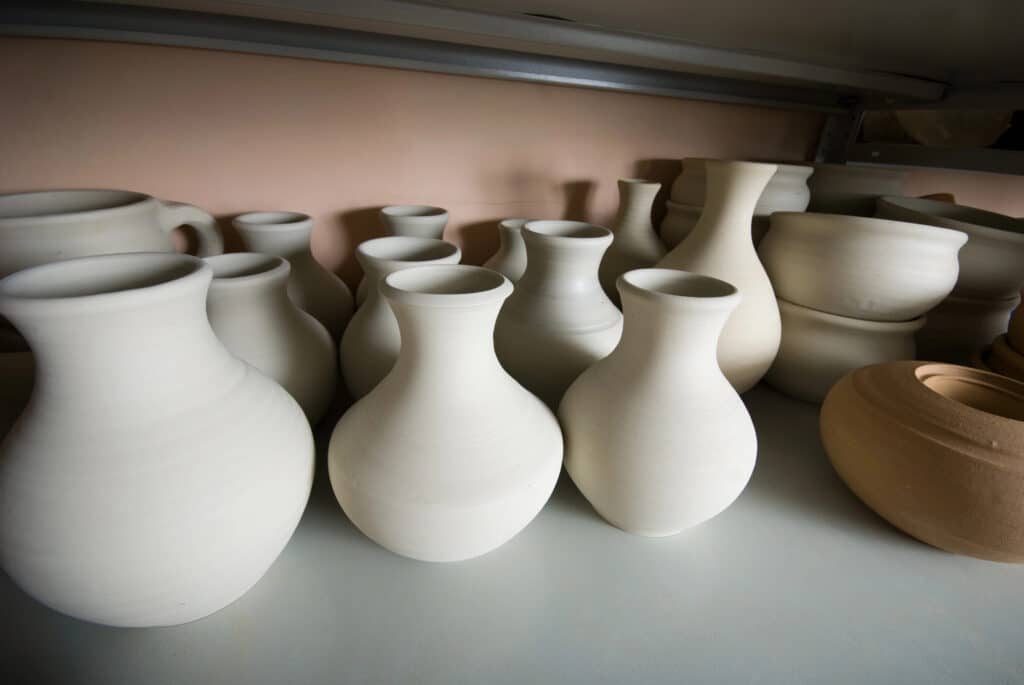
The porous nature of fabrics allows steam and dye to penetrate rapidly. But thick wood or metal blanks take much more time for the heat to fully penetrate and activate the sublimation ink.
2. Use of a Specialty Coating
If you are sublimating on a non-traditional material like cotton fabric or metal that lacks a polymer coating, you will need to apply a special sublimation spray or coating primer first.
It is crucial to carefully follow the recommended pressing times and temperatures provided by the coating manufacturer. Do not assume you can simply use times for traditional sublimation blanks.
These coatings are formulated proprietary polymers to accept sublimation dyes, and pressing requirements can vary widely.
3. Type of Sublimation Ink
There are differences between sublimation ink formulations from different brands that can impact the ideal pressing time.
Some specialized inks are designed to activate and gasify at lower or higher temperatures than standard options.
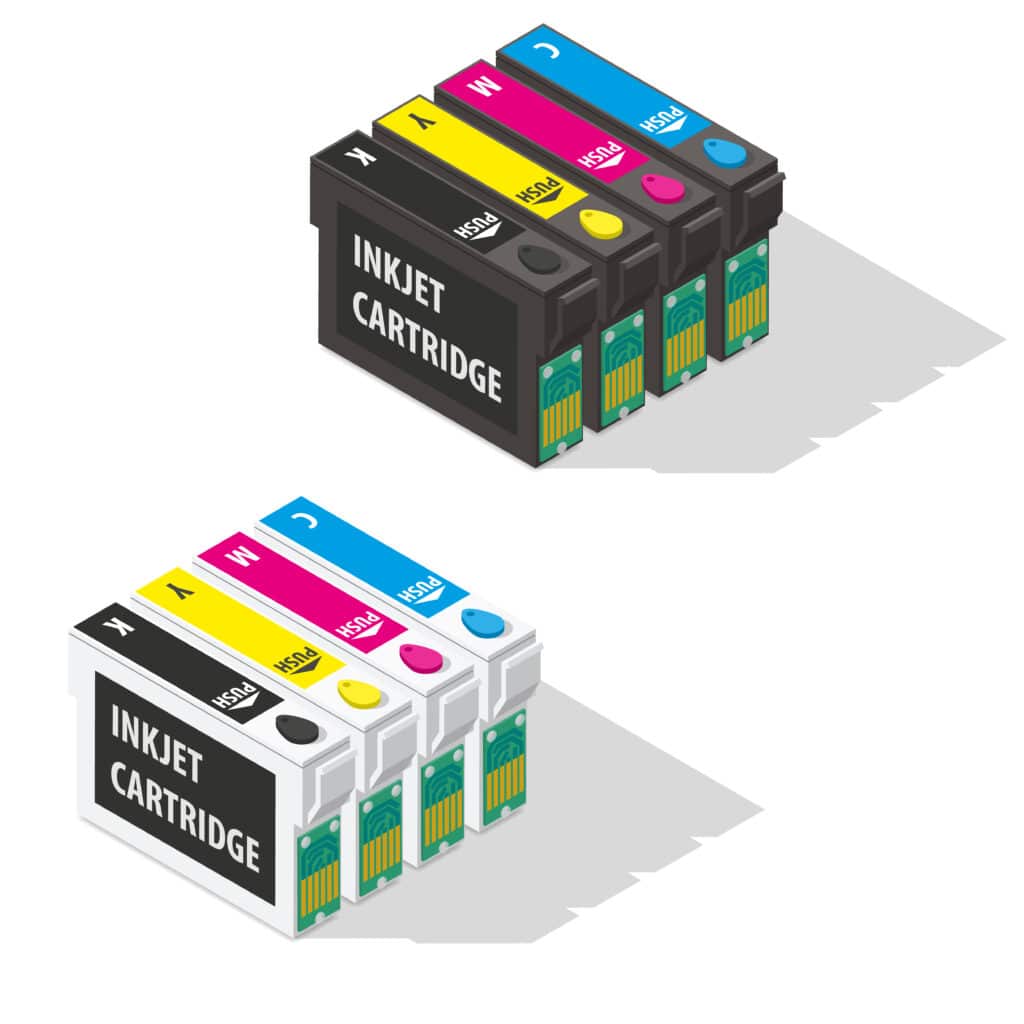
Certain inks may contain proprietary polymers that bond differently with substrates, influencing pressing duration needs. Always refer to the ink manufacturer’s processing guidelines for their products.
4. Heat Press Temperature Setting
The actual temperature you have the press set it makes a major difference in how long transfers require pressing.
Higher temperatures speed up the sublimation process by turning the ink into gas more rapidly. This allows for reduced press times on the order of 30% to 50% less than lower temperatures.
However, too high a temperature can burn some fabrics. While lower temperatures around 350°F may need up to 90 seconds, by 400°F you may only require 30-45 seconds.
But stay within the recommended range for the blank material to avoid damage.
5. Pressure Applied
Having the correct amount of pressure ensures the transfer paper maintains tight contact with the blank for maximum dye migration and bonding.
Too little pressure and the paper may not fully connect across the surface, resulting in uneven ink transfer.
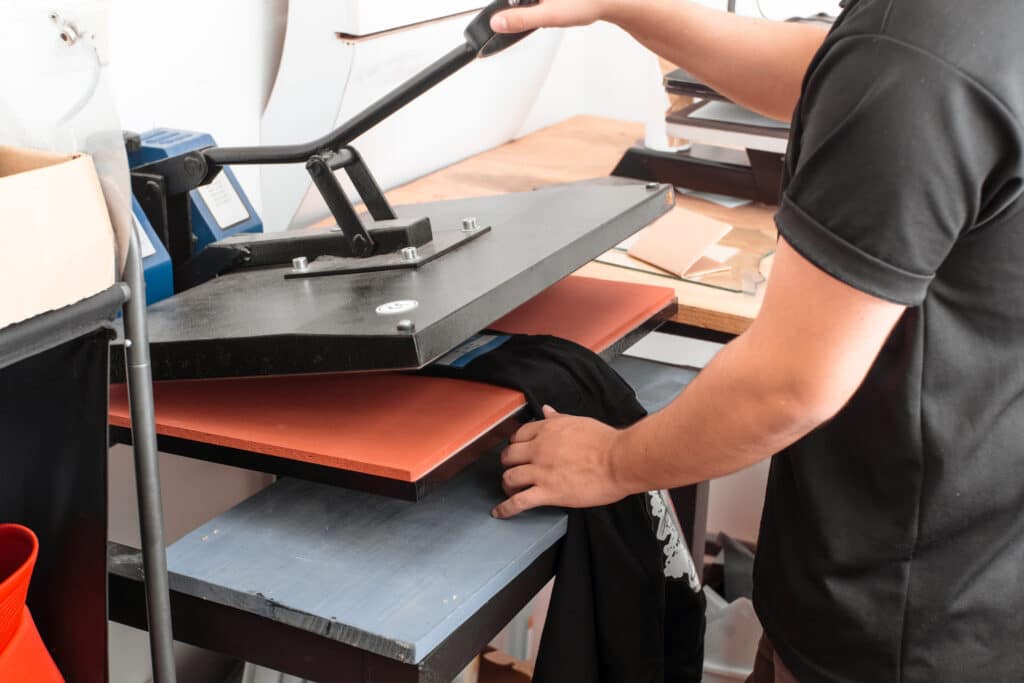
But overdoing pressure risks compressing some fabric weaves or softer coatings too far, damaging the blank. Typical sublimation pressure ranges from light to medium (25 to 50 PSI) depending on the material.
6. Thickness of the Blank
For thicker substrates like wood plaques, ceramic tiles, or stainless steel tumblers, the extended pressing time allows the heat to fully and evenly penetrate the material.
The extra time ensures the inner layers reach ideal sublimation temperatures for thorough dye bonding.
Thin fabrics require much less time for the heat to activate the ink. As a general rule, larger or thicker blanks need at least 20% longer press times to account for the greater thermal mass.
how long do you press sublimation?
Read the below points to know how long should press sublimation and at what temperature:
Non-Drinkware Press Time Guidelines
Here are typical pressing time ranges for common sublimation blanks other than drinkware like mugs and bottles:
1. Polyester Fabrics
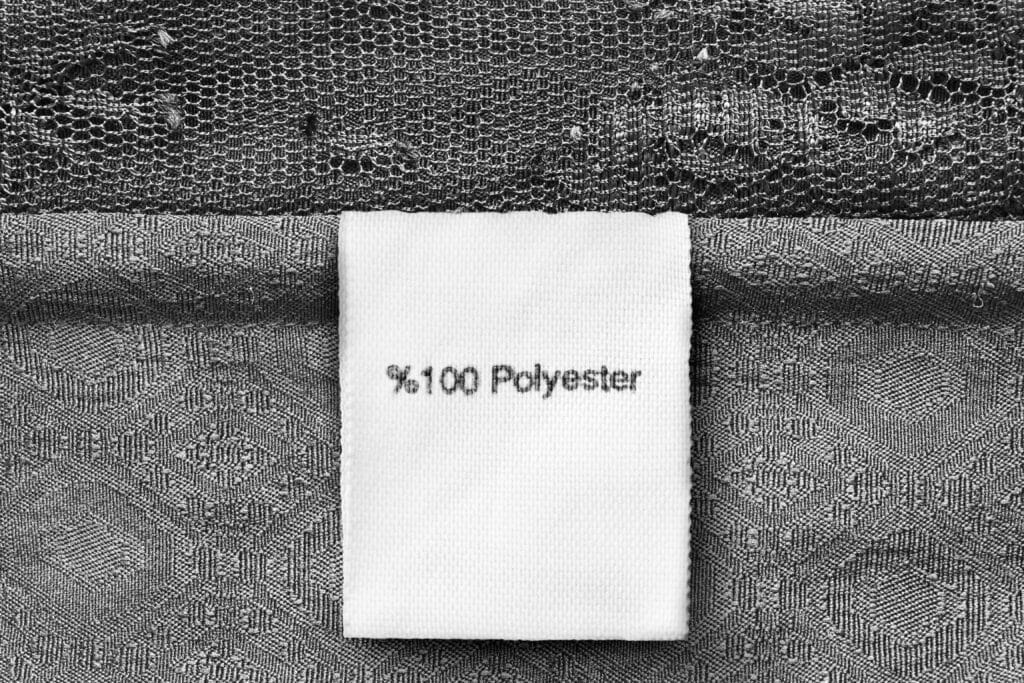
Polyester-based fabrics like performance apparel or decorative flags absorb dye rapidly allowing for shorter press times.
The lighter 25 to 50 PSI pressure ensures the fabric weave does not compress too much. High temperatures up to 400°F speed the sublimation process.
Press too briefly and washout occurs. Too long causes the synthetic fibers to melt or scorch.
2. Coated Hard Materials
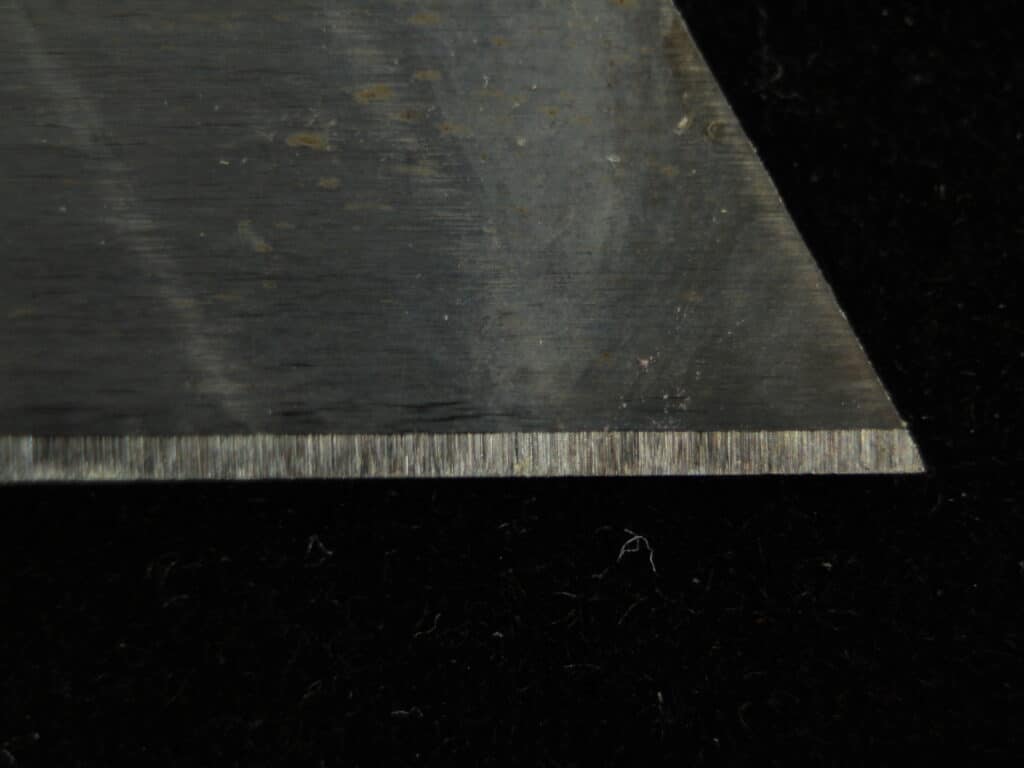
Materials from aluminum panels, acrylics, wood plaques, and ceramic tiles must have a coated surface to accept sublimation dyes.
Press times are slightly longer than fabrics to allow the polymers in the coatings to interact with the gaseous ink.
Insufficient time leads to poor bonding and fading. Excessive durations can damage the coating adhesion.
3. Metals
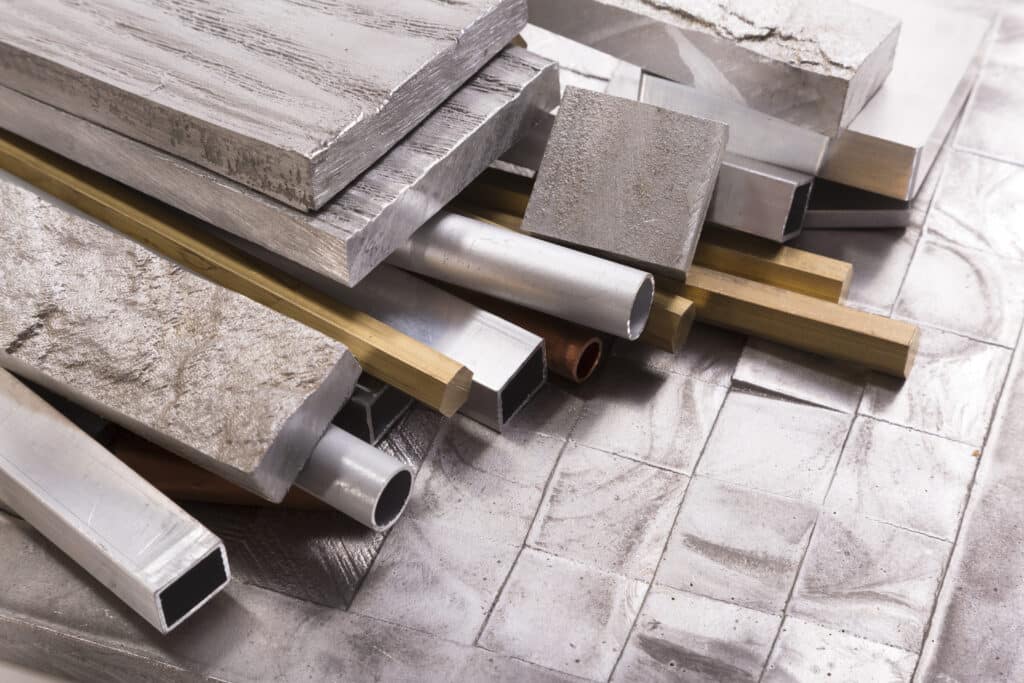
Raw metals cannot be sublimated directly. Special polymer coatings applied to substrates like aluminum alloy sheets, steel, or magnesium allow for dye infusion.
Press too briefly and adhesion will fail. Too long at high temperatures risks degrading the coatings.
Pressure below 25 PSI gives uneven transfer. Higher than 40 PSI may warp thin metal blanks.
4. Fiberglass Reinforced Plastics
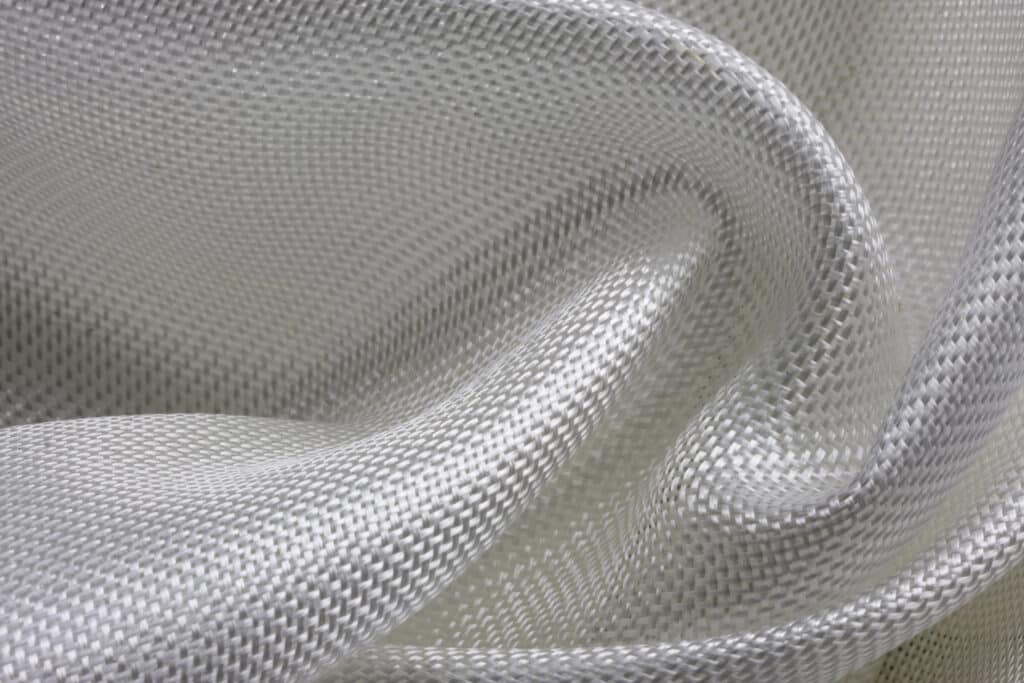
Fiberglass-reinforced plastics require higher heat to sufficiently penetrate the dense, thermoset resin structures.
Lower temperatures result in poor dye migration while excessive heat damages the material.
Insufficient pressure also causes uneven ink transfer. Press times approaching one minute ensure thorough dye infusion into the composite fibers.
Drinkware Press Time Guidelines
Pressing sublimation-coated drinkware including mugs, tumblers, and bottles requires vastly different parameters than flat blanks:
5. Ceramic Mugs
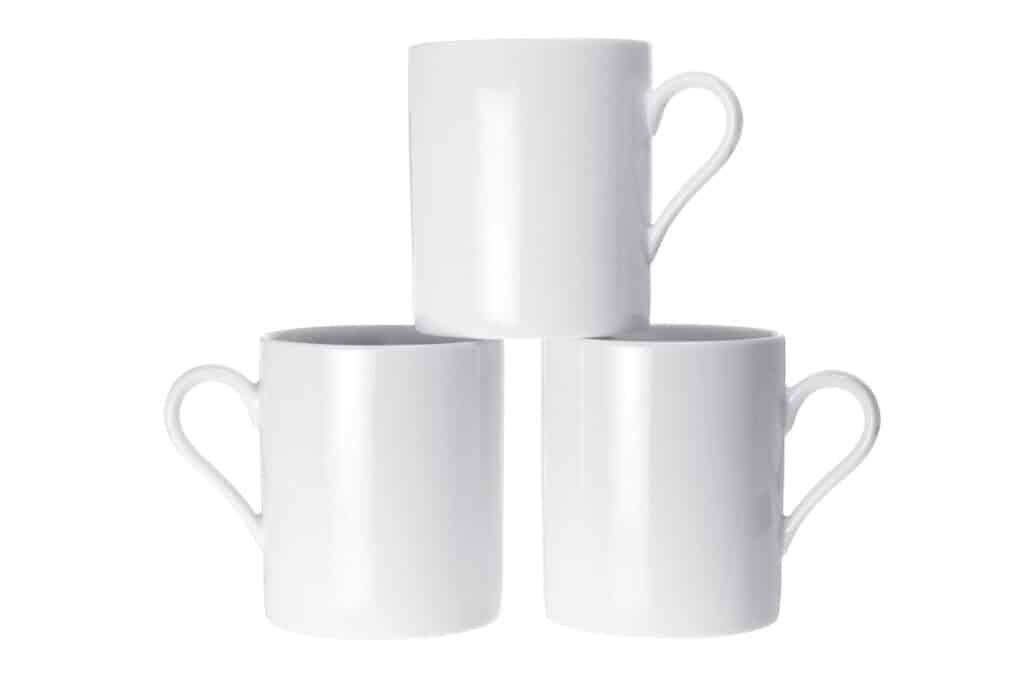
Ceramic and porcelain mugs must be coated for sublimation compatibility. In a mug press, the blank is surrounded by heated plates or elements, allowing reduced transfer times of 60 to 80 seconds.
However, excessive pressure can damage handles or lead to cracks.
For convection ovens, all-over heat exposure allows for complete dye bonding but requires 10-15 minutes for the mug circumference.
Ovens do not apply pressure. Ensure mugs are properly supported and avoid opening the door until cooled.
6. Stainless Steel Tumblers
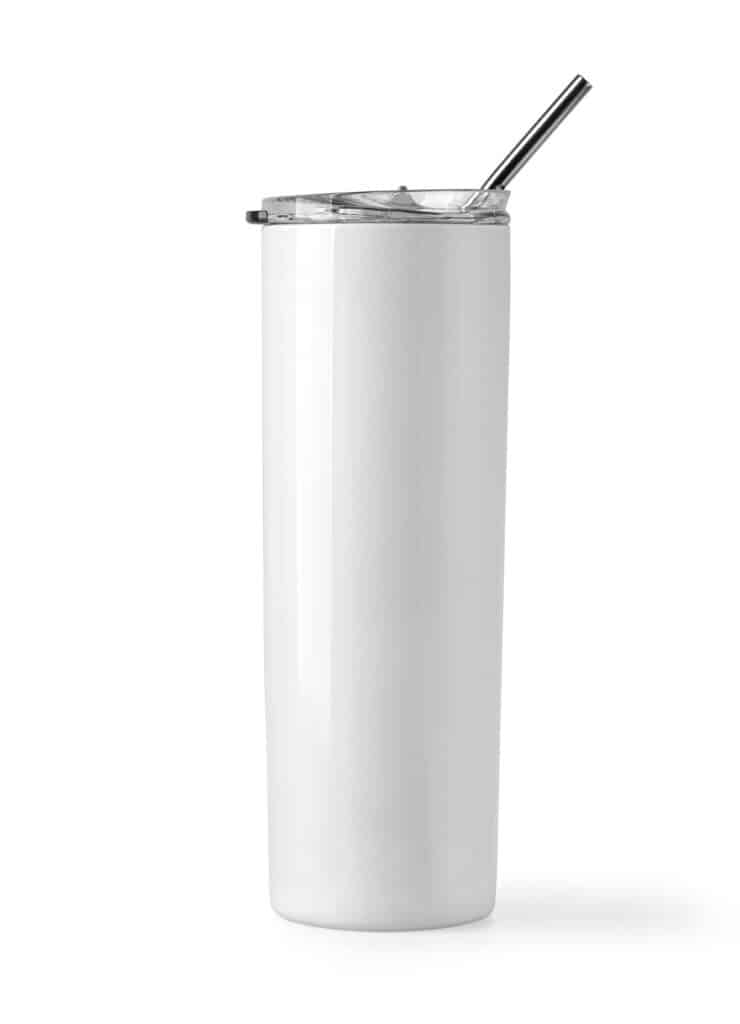
Stainless steel tumblers with inner polymer linings need extended mug press times exceeding 100 seconds due to their thickness and limited contact area.
Too brief leads to incomplete transfer. Excessive pressure risks denting.
Like mugs, oven exposure from all sides takes 5-7 minutes for thorough dye penetration.
The lack of pressure can allow uneven ink migration if not rotated during the process. Full-timers are recommended.
7. Other Drinkware
Other bottles, thermoses, and liquid containers have a wide range of material types, wall thicknesses, coatings, and sizes.
There is no single guideline. Extensive testing is required to determine the ideal oven or heat press settings.
Watch the below video for more information on this topic:
Additional Sublimation Pressing Tips
Here are some extra tips for getting the best possible results when pressing sublimation transfers:
- Always run test presses on a sample blank first to determine the optimal combo of time, temperature, and pressure rather than guessing.
- Start conservative with lower temperatures and shorter durations, then slowly increase if ink transfer is light or spotty.
- Use only high-quality sublimation inks designed for the printer you have. Poor quality off-brand inks lead to disappointing washout and fading even with proper press settings.
- Choose a sublimation transfer paper that works well with the specific ink formulation you have selected. Mismatching paper and ink brands often result in spotty, uneven prints that won’t properly press.
Frequently Asked Questions
Below are a few frequently asked questions:
What is the best temperature for sublimation?
For most materials, 350°F to 400°F is ideal. Polyester fabrics are on the lower end around 375°F-385°F, while ceramics and metals need higher heat near 400°F.
Always refer to the blank manufacturer’s recommendations.
How long do you press 50/50 polyester cotton shirts?
Aim for 60 seconds at 385°F with medium pressure. The cotton content requires a bit more time for the dye to properly transfer and bond compared to 100% polyester.
What time and temperature for sublimation on 100% cotton?
Due to the lack of polymer fibers, pressing sublimation transfers on 100% cotton do not produce permanent results no matter the time or temperature used.
For cotton, use a substrate like HTV first before pressing the sublimation transfer.
Wrapping Up
- Correct pressing time allows sublimation dye to properly transfer and bond for vivid, permanent prints.
- Material type, blank thickness, temperature, and pressure settings all affect the ideal press duration.
- Start with manufacturer recommendations and test press to dial in the perfect times for your process.
- Record optimized times to avoid wasted materials reheating and retesting.
With the right knowledge and a few test presses, you’ll be able to determine the perfect pressing duration for vibrant, long-lasting sublimated products.




